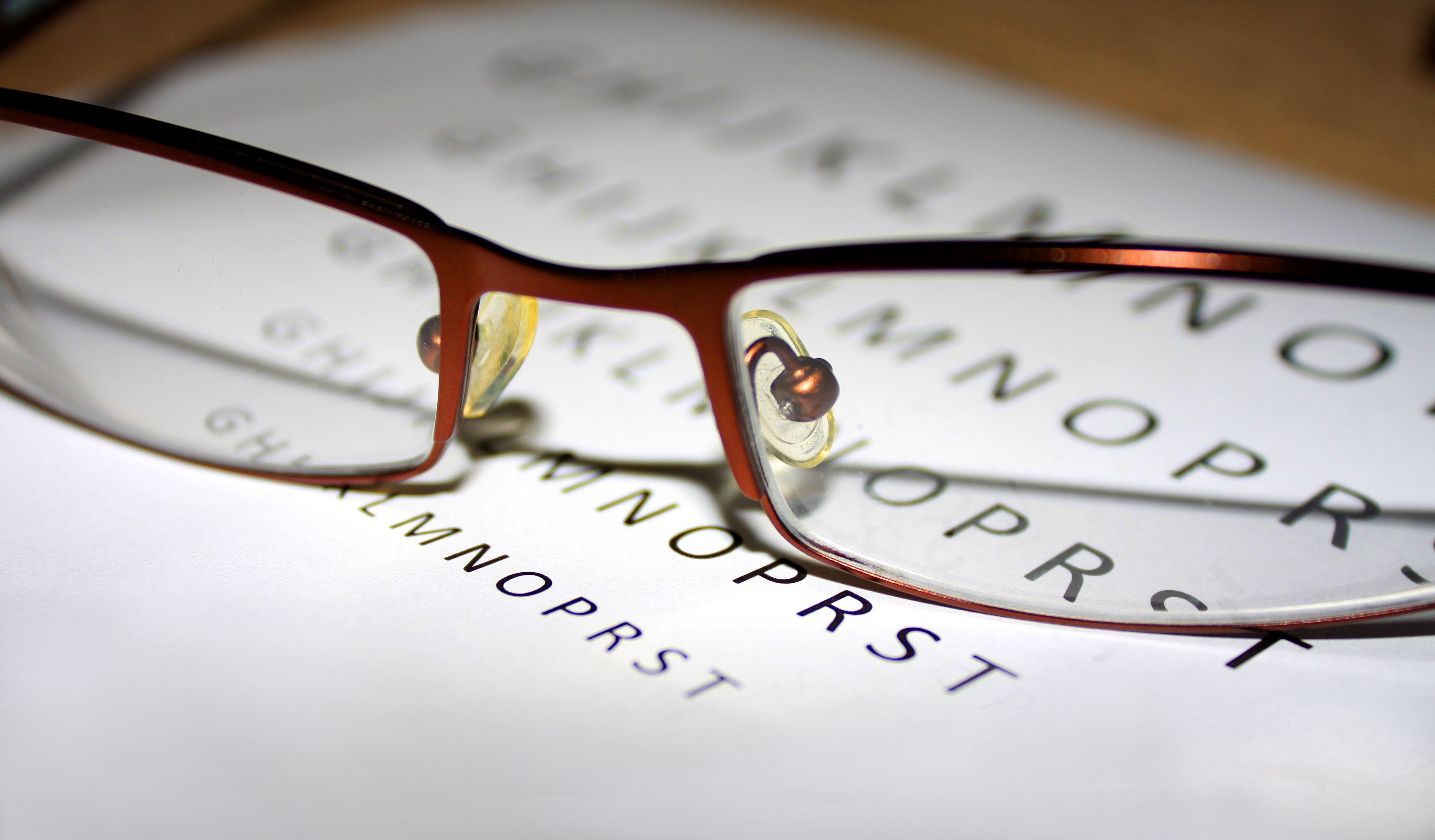Article
New AI Model Classifies Corneas at Risk for Refractive Surgery
Author(s):
A deep learning model appears to be useful in classifying images to provide corneal information and preliminarily identify corneas at risk for refractive surgery, according to a study published in JAMA Ophthalmology.
A deep learning model appears to be useful in classifying images to provide corneal information and preliminarily identify corneas at risk for refractive surgery, according to a study published in JAMA Ophthalmology.
“Evaluating corneal morphologic characteristics with corneal tomographic scans before refractive surgery is necessary to exclude patients with at-risk corneas and keratoconus (KC),” the authors explain. If an at-risk patient undergoes refractive surgery, iatrogenic ectasia due to biomechanical decompensation may occur, which can cause vision loss.
Some systems already screen images for at-risk corneas and KC. For example, the Pentacam HR system, one of the most sensitive screening instruments, can effectively determine topographic KC (TKC) classification. However, detecting irregular corneas or subclinical forms of KC remains a challenge for some eye practitioners.
In a diagnostic cross-sectional study, investigators used the Pentacam InceptionResNetV2 Screening System (PIRSS) artificial intelligence (AI) model to compare accuracy between the AI and human diagnoses.
A total of 1385 patients were included in the study and 6465 corneal tomographic images were used to generate the AI. Specifically, “4 map composite refractive images, comprising the axial curvature, front elevation, back elevation, and corneal thickness, were used to obtain the overall profile of the cornea.”
Images were split into 2 separate data sets for training the AI (5130 images from 1108 of 1383 patients [80%]) and validating the algorithm (1335 images from 277 of 1385 patients [20%]). A separate independent test data set of 100 images was used to compare the AI’s accuracy with human specialists, including senior ophthalmologists who perform refractive surgery.
Researchers found:
- The model achieved an overall detection accuracy of 94.7% (95% CI, 93.3%-95.8%) on the validation data set
- On the independent test data set, the PIRSS model achieved an overall detection accuracy of 95% (95% CI, 88.8%-97.8%), comparable with that of refractive surgeons (92.8%; 95% CI, 91.2%-94.4%) (P  = .72)
- In distinguishing corneas with contraindications for refractive surgery, the PIRSS model performed better than the classifiers (95% vs 81%; P < .001) in the Pentacam HR system on an Asian patient database
To offer therapeutic guidance, investigators developed output categories including normal cornea, suspected irregular cornea, early-stage KC, KC, and myopic postoperative cornea based on AI classifications.
“This AI system has the potential for generalized clinical applications and provides new opportunities for screening individuals for refractive surgery,” the authors concluded.
A web service hosting PIRSS is currently being developed where patients can upload images to receive advice, as a larger sample size will help improve the system’s performance.
Reference
Xie Y, Zhao L, Yang X, et al. Screening candidates for refractive surgery with corneal tomographic-based deep learning. JAMA Ophthalmol. 2020;138(5):519-526. doi:10.1001/jamaophthalmol.2020.0507.





